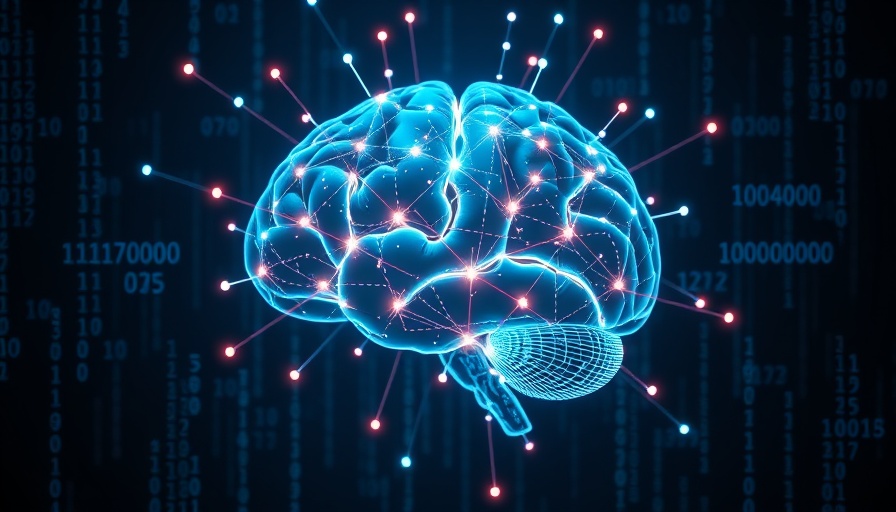
A New Understanding of Human Intuition
Have you ever considered how you instinctively know whether you can walk down a path or swim in a lake? According to groundbreaking research by scientists at the University of Amsterdam, the secret lies in the brain's ability to recognize affordances—the potential actions that an environment allows. This remarkable capability enables us to navigate various settings effortlessly, tapping into brain functions that remain elusive for artificial intelligence (AI) systems like ChatGPT.
The Brain’s Unique Processing Power
The research, spearheaded by PhD student Clemens Bartnik and computational neuroscientist Iris Groen, utilized MRI technology to observe brain responses when participants viewed images of different environments. Participants were asked to indicate the possible actions—such as walking, cycling, or swimming—that the images suggested, while their brain activity was recorded. The findings revealed that certain regions of the visual cortex became active based on the perceived affordances—essentially what one could do in that space—rather than just what was visually present.
Why AI Falls Short
Despite the advancements in AI, these models struggle to grasp the contextual nuances that inform human behavior. While AI can analyze data patterns and simulate conversation, it often lacks the ability to make intuitive judgments about physical environments like humans do. Groen noted that AI has significant lessons to learn from our brain's efficient processing abilities, particularly regarding context-aware decision-making.
The Implications for AI Development
Understanding the brain's ability to interpret affordances opens exciting avenues for improving AI systems. If AI could integrate this knowledge, it could become more adaptable and user-friendly, enhancing functionalities in robotics, virtual reality, and autonomous vehicles. By incorporating innate human perception into their frameworks, future AI models might better navigate the complexities of the real world, resulting in more sophisticated and nuanced interactions with users.
Real-World Examples of Affordances
Consider a simple staircase. A human instantly perceives the invitation to climb, but an AI might struggle to interpret that context without explicit instructions. This gap highlights a critical area for AI advancement. From self-driving cars needing to recognize when to slow down for a pedestrian to virtual assistants interpreting user intent accurately, leveraging human-like cognitive processes could activate a new era of intelligent systems.
The Future of Human-AI Collaboration
The potential for AI to learn from human cognitive capabilities reshapes our understanding of technology's role in society. As we stand at the intersection of neuroscience and artificial intelligence, the future of collaboration looks promising, enabling machines not just to perform tasks but to resonate with human experiences and instincts. This evolution could redefine not just how we interact with machines but also the efficacy and purpose of AI in daily life, making them partners in our shared environments.
For those interested in the continuous evolution of AI and its implications on both technology and society, staying informed about these developments is crucial. By engaging with this knowledge, we can harness the power of AI wisely, ensuring it enhances human capabilities rather than diminishes them. Let's explore the depths of AI innovation together and seek insights that foster a more informed, interconnected world.
 Add Row
Add Row  Add
Add 




Write A Comment